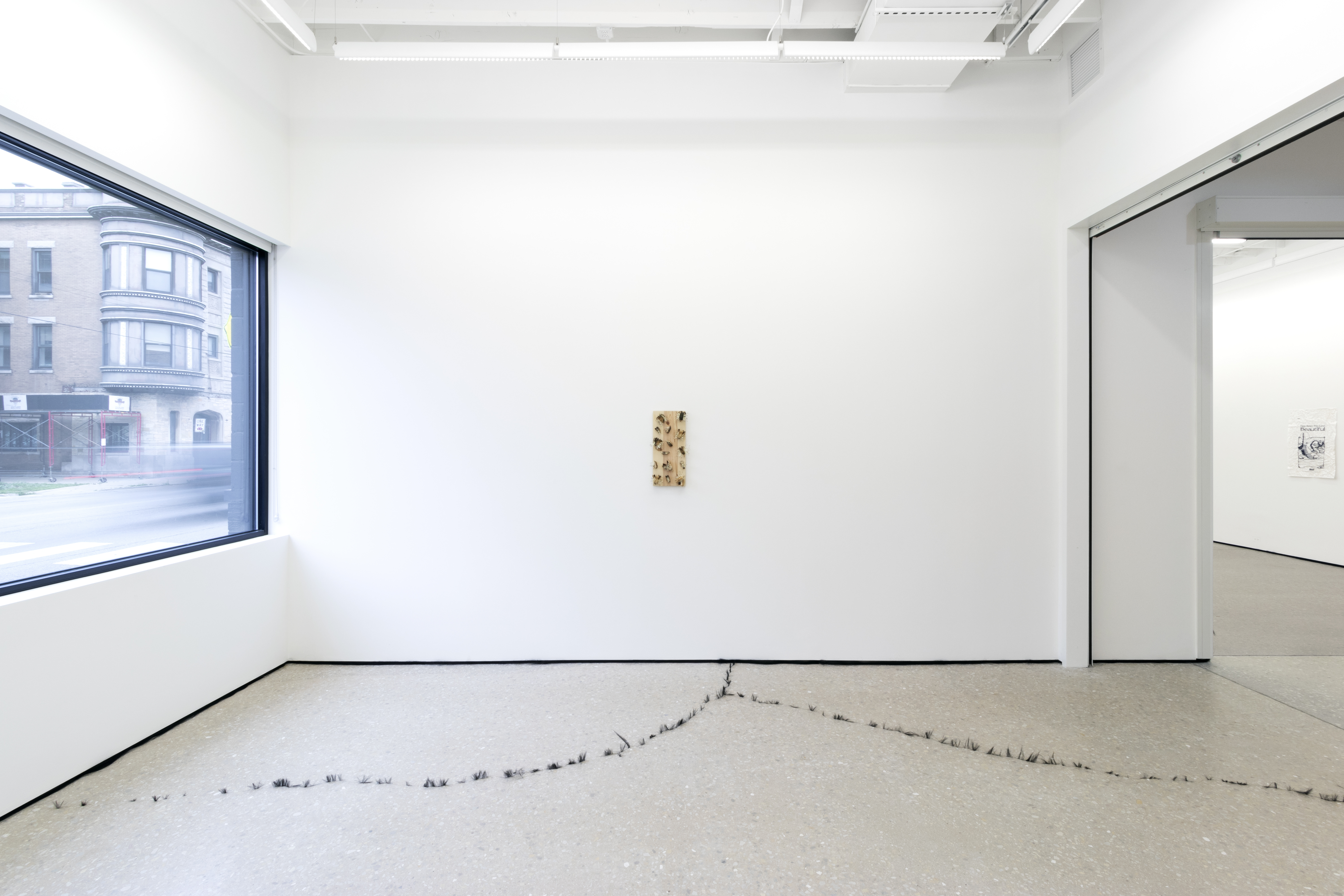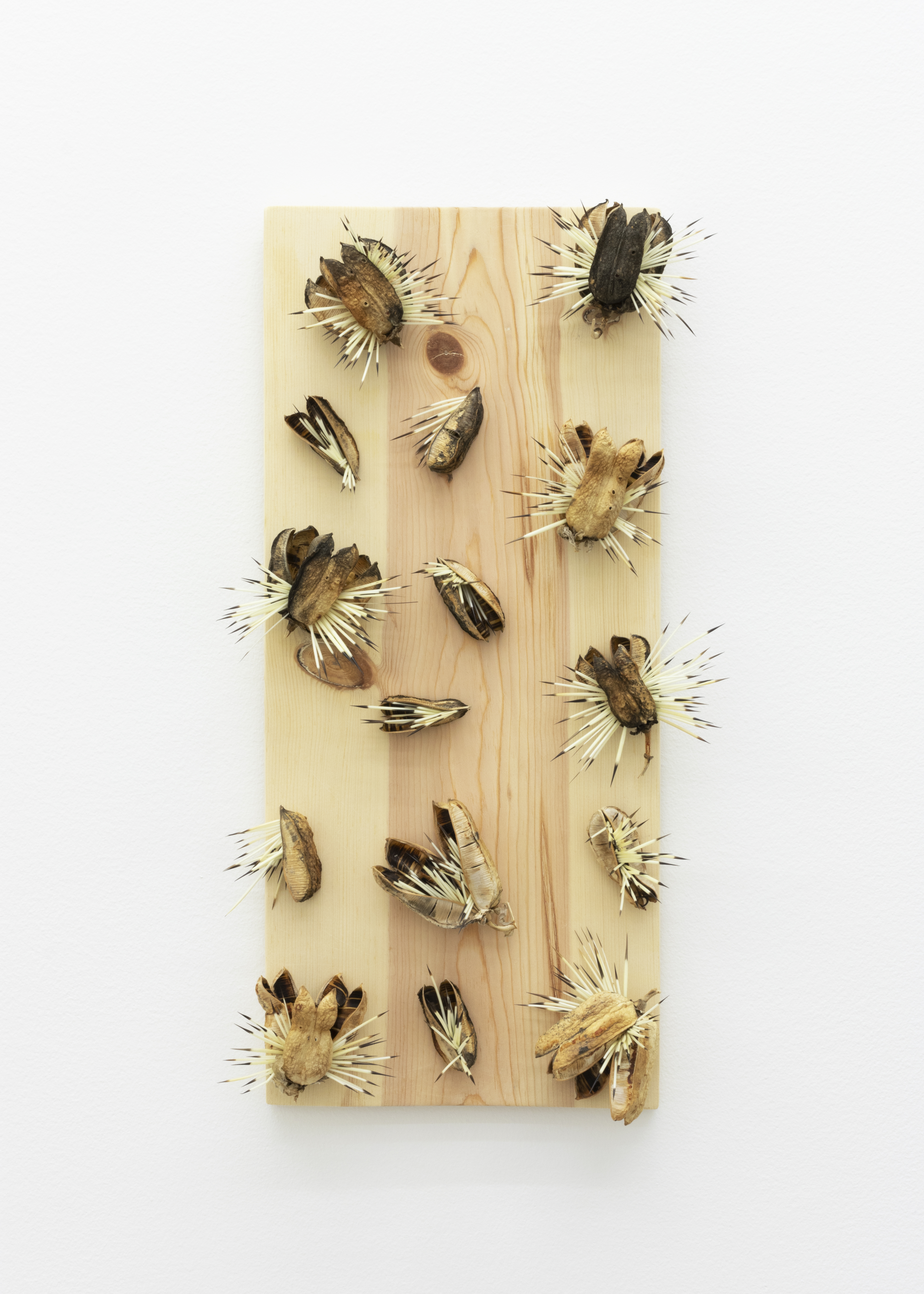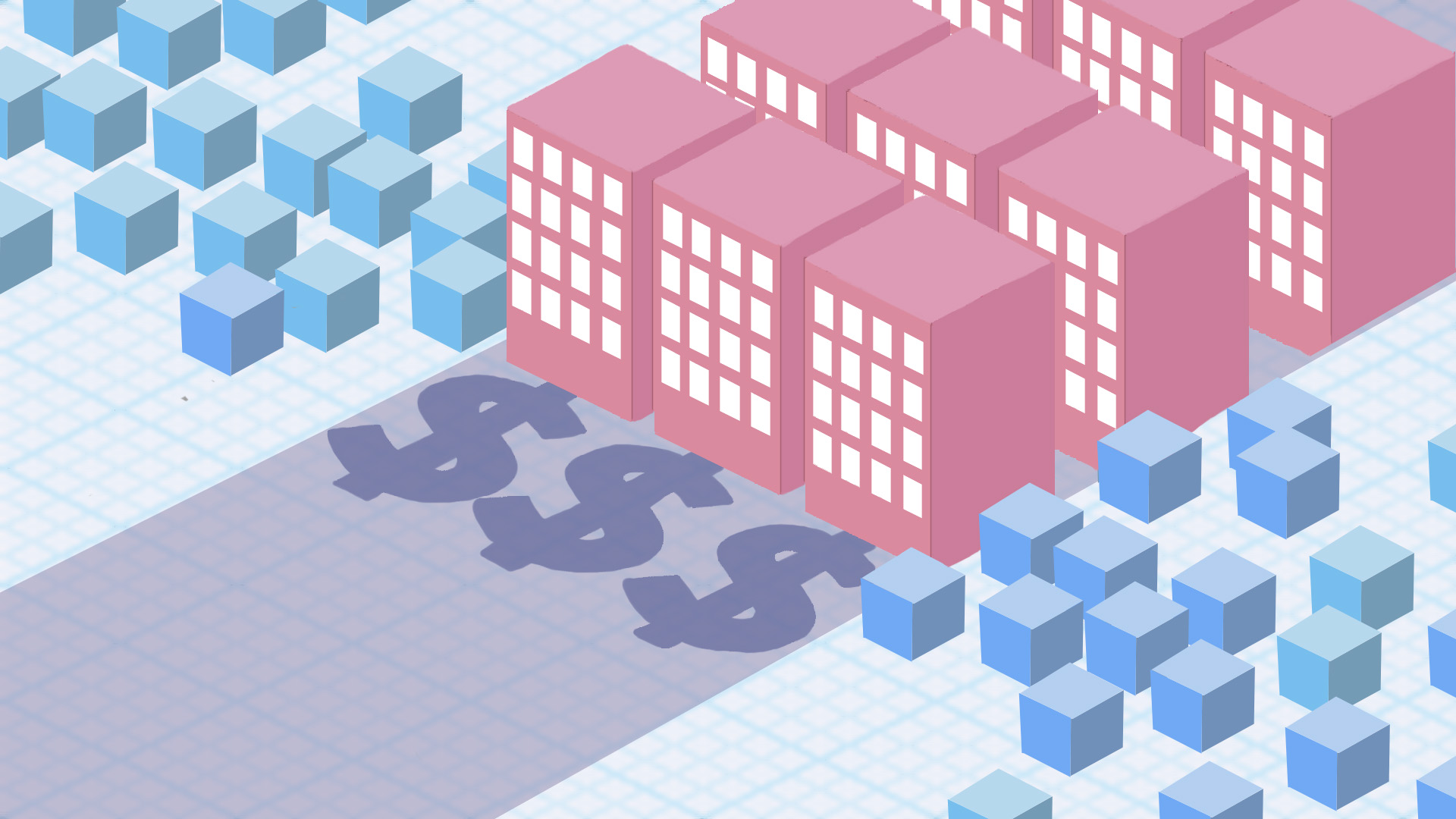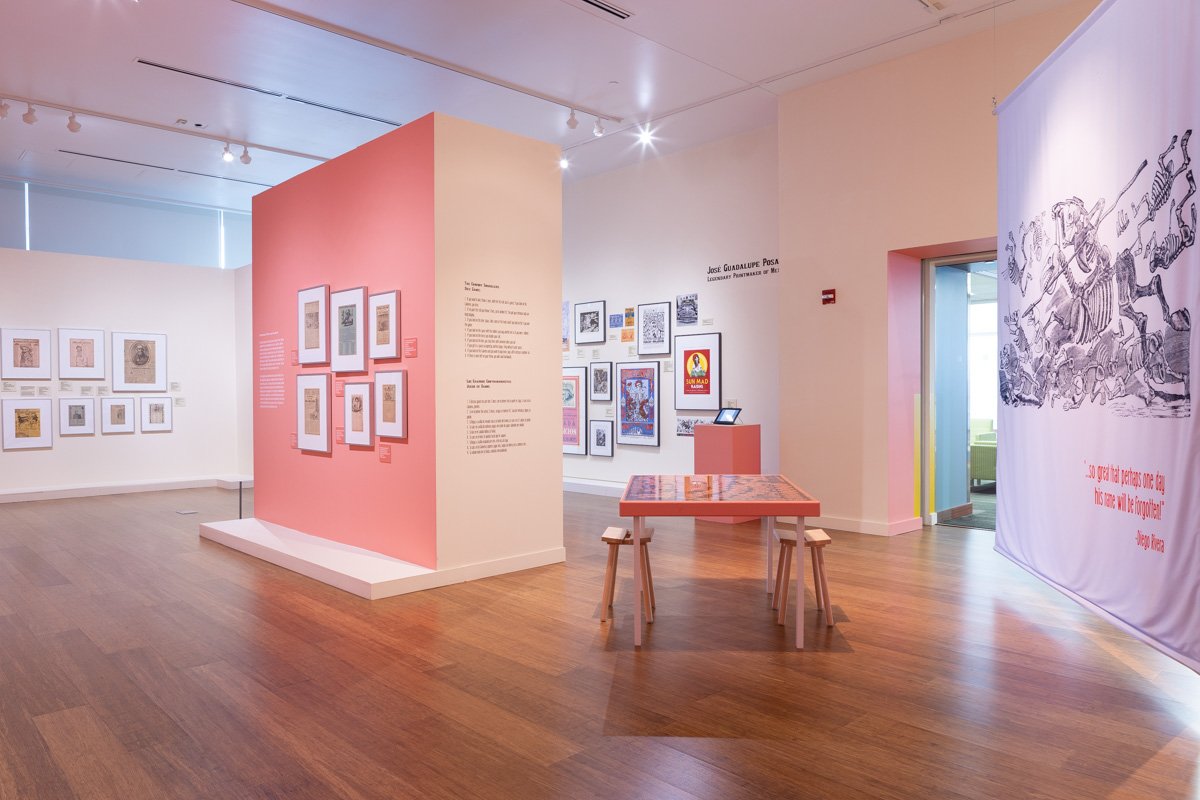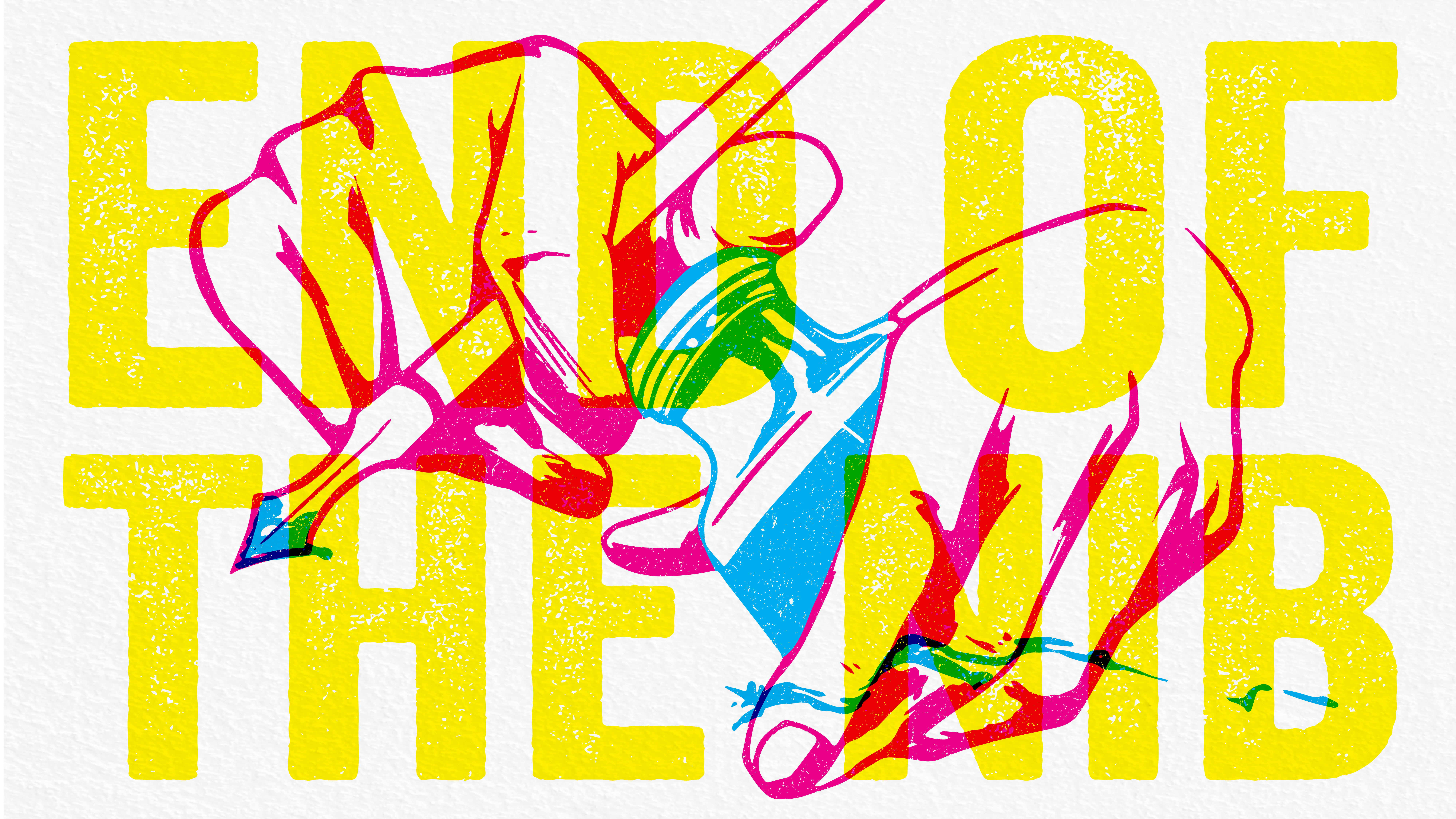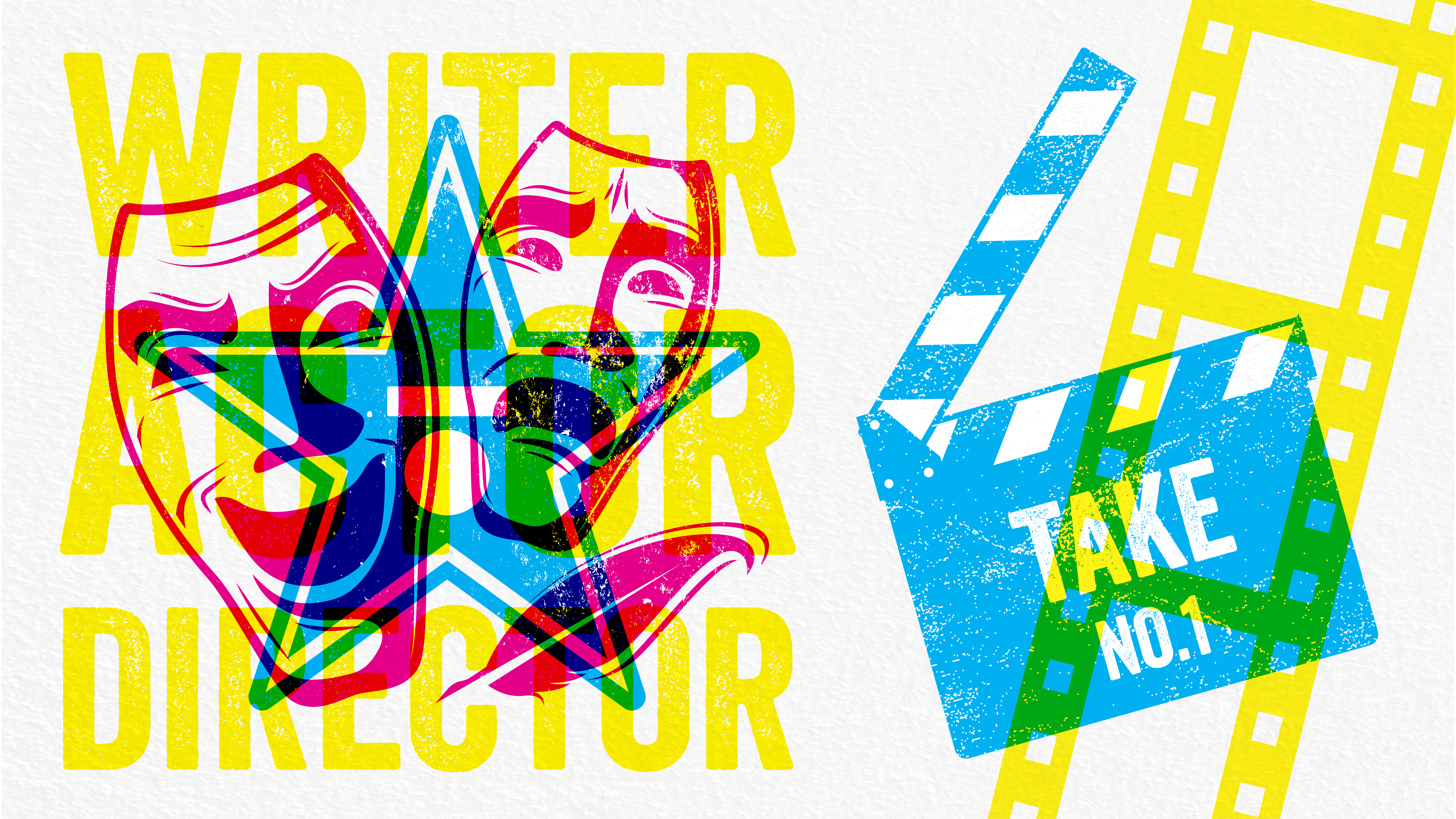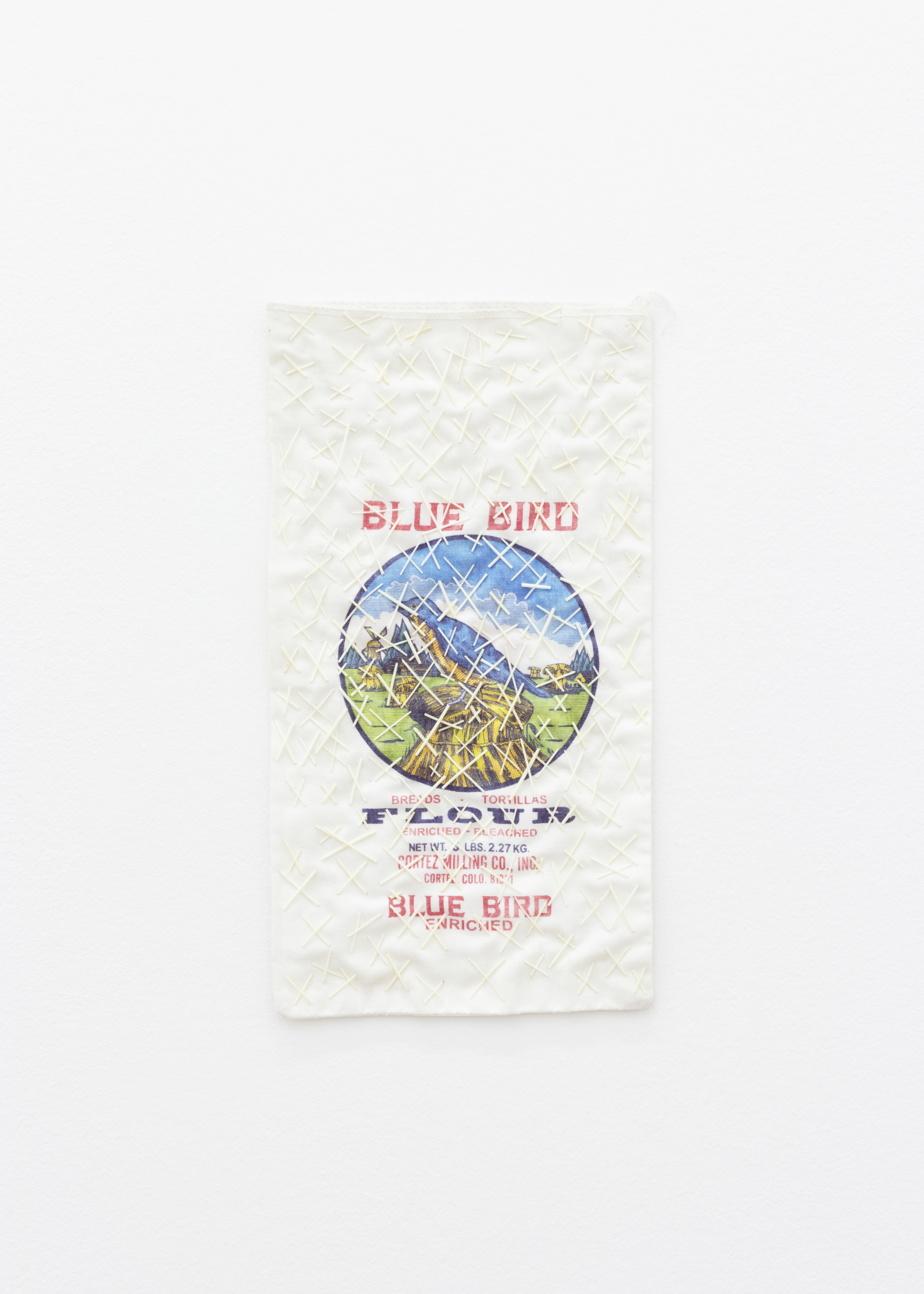
Emma Robbins, … his x mark. 2019. Blue Bird Flour Bag, porcupine quills, thread. All images courtesy of the Mickey Gallery.
Walking down Grand Avenue on a Friday this July, I stumbled on a crowd of people eating sno-cones outside of a gallery. The sno-cones had come from Mickey Gallery, rather than the standard gallery opening wine and cheese. The contemporary art gallery in West Town, which is run by Mickey Pomfrey, was showing the work of School of the Art Institute Chicago alum Emma Robbins (BFA 2013). Robbins based in Los Angeles and the Navajo Nation, but spends some of her time in Chicago. She was present for the opening of “, her x mark,” which included installation work, wall pieces referencing food package branding, and recipe instructions. Robbins directs the Navajo Water Project and maintains a rich research and studio practice. Between her time in LA and on “the rez,” we found a time to speak on the phone to reflect on her show at Mickey Gallery and to discuss her making process.
Chava Krivchenia: How would you describe your relationship to art and craft growing up, before your time at SAIC?
Emma Robbins: I am from the Navajo reservation. I myself am Diné, which is another word for Navajo.
Growing up on the rez, you are always surrounded by arts, and I think it sometimes gets into that complicated conversation about what we consider as “arts” and “crafts.” As artists, we all know this is a huge debate which can get very political. Growing up, I was surrounded by lots of making, specifically with the types of materials that I use now. These include a lot of things traditional to the Navajo nation and to our culture, but also things that are more modernized, like the flour bag, which is from a mill in Colorado that’s owned by a white family. I also use modern day supplies, and of course different things that can be considered “rez.” And also things that are very pan-indigenous, such as quills, which are not native to the Navajo culture.
My mother’s side is Jewish and from Chicago, and so I grew up spending part of my summers in Chicago. I would actually go to the Art Institute a lot. So my practice is a marriage of both of those things.
I never really saw myself as someone going to art school. It was more like, “I want to make art.” On my father’s side, my grandmother wove and made jewelry, and that was always something in the back of my mind.
CK: Many of your pieces are assemblages of objects that you have woven or sewn together. What do you look for in objects that you incorporate into your work? Where do you go to find the objects?
ER: I love bling and the super embellished. I like the idea of Native Bling, which would entail gold jingles and turquoise or heavily beaded things. A lot of my work is very labor intensive; sewing takes a thousand years. I’m currently stitching a paper piece, and it’s like, “I know how long this takes, but does anyone else know, does it even matter?”
I work a lot with hair. I am very drawn to that for a number of reasons. Hair is very taboo in Navajo culture. In Navajo culture, we have a lot of witchcraft and different ideas around that, and hair is something for me that represents the very personal. It’s interesting to see how hair is assigned to these different ethnicities. And when it comes to Native Americans, it’s always so bizarre to me that it’s this long black hair that’s always in two braids, in terms of pop culture, no matter what tribe you are or what indigenous nation you’re from. In Halloween costumes, it’s always an “indicator” of who is Native or not.
In terms of the flour bags, that’s something I’ve been working with forever. A lot of that comes with the idea that Navajos are very DIY, which comes from most of us not having a lot of money. And figuring out how to reuse a material, like a cloth bag that flour comes in that we are making food with. And I love the idea of using these materials in ways they haven’t been used before. So, for example, with the flour bag, they might be made into aprons or purses, or things that can be hung up on a wall. A while ago, I made a corset out of the flour bags.
CK: Your work at Mickey Gallery in Chicago this summer contained messages of social and environmental justice. How does your object 2-D/3-D practice relate to your social action work?
ER: It’s only when I see my work in bulk that I realize there is an Earth component. As a Navajo woman who grew up on the reservation and who does a lot of activism, I see that there is just no way of separating ourselves from our Mother Earth. I always think it’s interesting when people can separate themselves from Earth, whether they’re indigenous or not. Whereas for me and many other Navajo people, when our Earth is hurting, we are hurting.
It’s also such a delicate atmosphere in deserts and people always forget that. I have had people visit me on the rez and they assume that there is no life here in the desert. This couldn’t be further from the truth. We do have a lot of plants and resources, including things like uranium and other ores that are mined.
In terms of my profession, I am the director of the Navajo Water Project, which is under the umbrella of a human rights organization called Dig Deep Water. My responsibilities as director are a huge part of what I do everyday. I advocate for folks and work with water to make sure we are protecting one of our most precious natural resources.
CK: Your Mickey Gallery show hosted events which centered around Navajo foods. What is your mission in providing community events, especially in Chicago?
ER: I am always thinking about community and how to bring people together. Eventually, I want to have an art space. One of my goals is to bring people into a space, like a gallery, who may not normally be there.
In Chicago, many of my Native friends aren’t involved in the art world, in terms of galleries or museums. So to be able to reach out to other Natives or friends and say, “Hey, I’m having a Navajo taco dinner, will you please come,” gives an opportunity for them to come and experience feeling welcomed. There’s no longer the “Other” mentality or an implication that you have to dress a certain way to enter.
I also like bringing experiences to folks who might not normally have the chance. One example is a Picadilly, which was served at the “, her x mark” opening reception. Most people won’t come into contact with a Picadilly, which is a Kool-Aid slushie with gummy bears and pickles in it, and so that opens up a lot of conversations. People say, both on and off the reservation, “That is so disgusting. How can you even eat that?”
Well, why do you think we use foods like this? It’s because we are located in a food desert. We only have 13 grocery stores in a sovereign nation the size of West Virginia. And most of these grocery stores don’t carry vegetables or fruit. We eat fried breads because that’s what the federal government rationed to us. Lard, powdered milk, flour. Again, it goes back to that idea of DIY, and how we claimed these things and made them our own.


